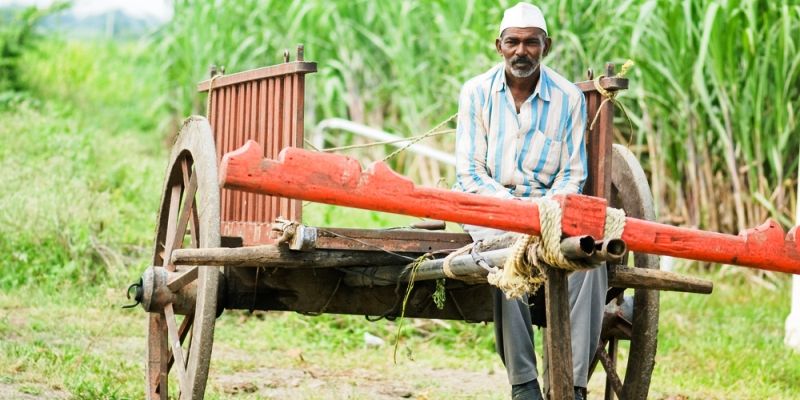Going organic helps Latur farmers in maintaining both quality and quantity of yield
Even as Maharashtra continues to grapple with an agrarian crisis, farmers in Latur, one of the drought-prone districts in the state, are slowly moving towards the organic way of farming to reduce input costs and increase agriculture output.

Planting variety of trees on the farmland, using organic manure and bio-enzyme in soil stabilisation are some of ways being adopted by the farmers for a healthy growth of crops that is safer for human consumption.
“The government and researchers have been focusing mainly on how to increase the yield. But in the process, agriculture has become a costly affair with the use of costly fertilisers, pesticides and commercial seeds. If the farmer sells his harvest at Rs 100, then his input cost is Rs 80 and hence the profit is only Rs 20. And when crop fails, there is a huge debt burden due to the heavy expenditure on input costs,” Mahadev Gomare, Latur Head of Sri Sri Institute of Agricultural Sciences and Technology Trust told PTI.
According to PTI, he said the Trust is striving to improve farmers’ financial condition through the practice of ‘zero cost farming’ and ‘sustainable practices for irrigation.’
“Land itself is a self-sufficient unit that can produce all fertilisers and pesticides required. The first step is to plant more trees. In every acre of farmland there should be around 40 trees. Varieties like shisham, sandalwood and neem are ideal for this purpose. These grow in 3-4 years and produce enough organic matter to keep the land fertile. They improve percolation of water and reduce soil erosion. Neem tree is the best form of natural pesticide,” he said.
“Also, waste material from trees like leaves, branches should never be burnt. It should be allowed to naturally decay and become a part of the soil. Since the Green Revolution, many new crop varieties and hybrids have been introduced. These commercial seeds have poor resistance against disease and require ample amount of water and fertilisers,” he added.
Gomare said that farmers should shun the conventional way of sowing a single crop in a field as it causes depletion of soil nutrients and makes crops susceptible to pest attacks. “It is possible to plant over 150 types of fruits, vegetables, pulses, grains and other plants in a single acre of land. We have developed model farms to show farmers that it can indeed be done. We encourage farmers to have at least around 25 different types of plants and crops in every acre of their field,” he said.
Image Credit : Shutterstock
Related Stories :
“Setting up of farmer cooperatives is the road ahead in agriculture” – A P J Abdul Kalam
How EcoFarms changed the lives of 15,000 farmers











